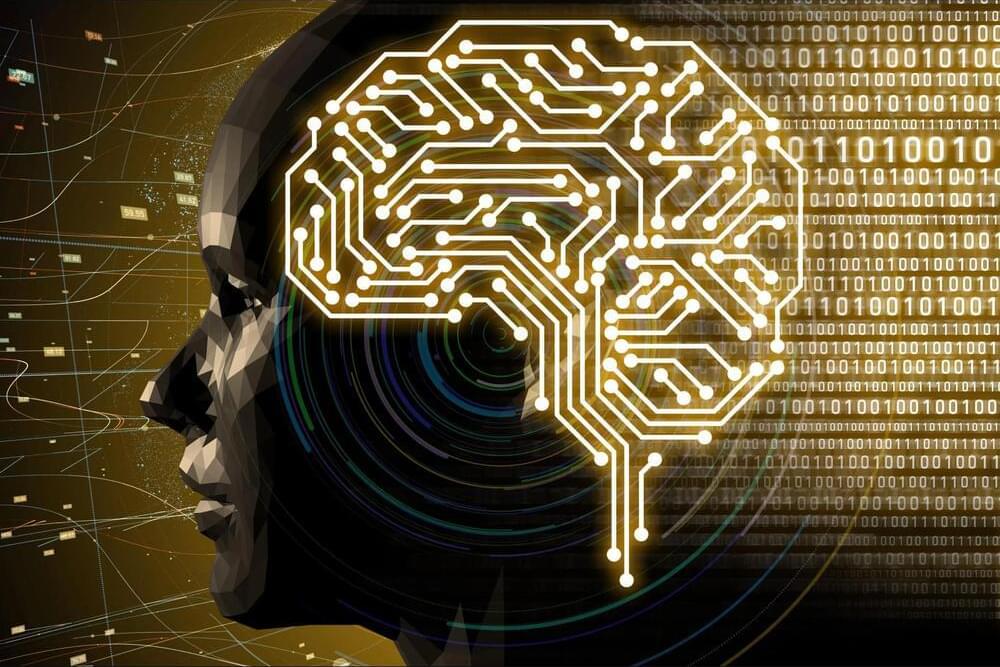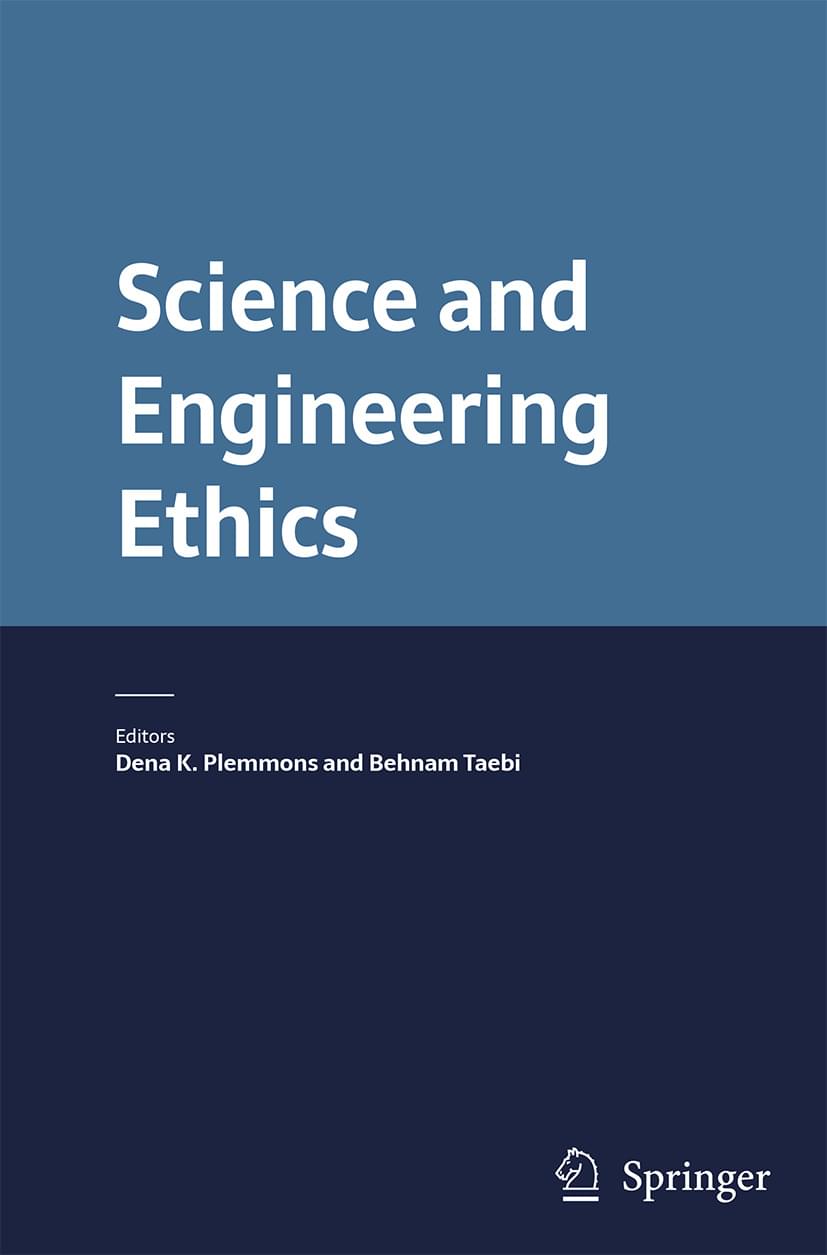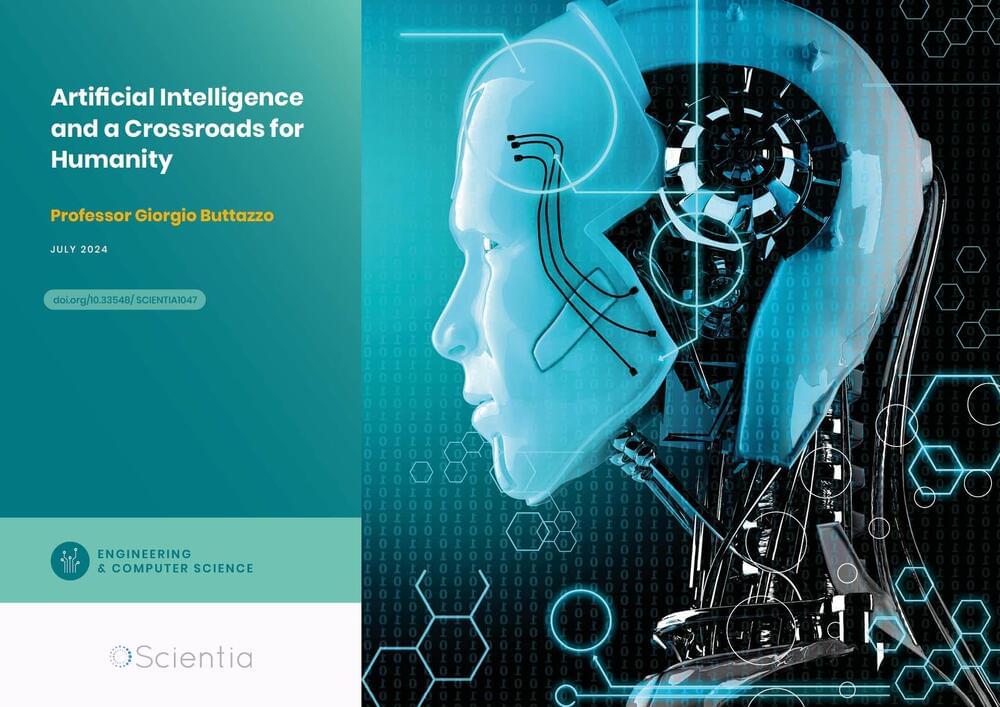Jul 21, 2024
OpenAI’s 5 Levels Of ‘Super AI’ (AGI To Outperform Human Capability)
Posted by Dan Breeden in category: robotics/AI
OpenAI is reportedly tracking its progress toward building artificial general intelligence (AGI). This is AI that can outperform humans on most tasks. Using a set of five levels, the company can gauge its progress towards its ultimate goal.
According to Bloomberg, OpenAI believes its technology is approaching the second level of five on the path to artificial general intelligence. Anna Gallotti, co-chair of the International Coaching Federation’s special task force for AI and coaching, called this a “super AI” scale when sharing on LinkedIn, seeing the possibility for entrepreneurs, coaches and consultants.
Axios said that AI experts disagree over whether “today’s large language models, which excel at generating text and images, will ever be capable of broadly understanding the world and flexibly adapting to novel information and circumstances.” Disagreement means blind spots, which lead to opportunity.


















